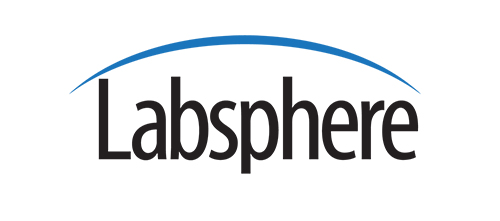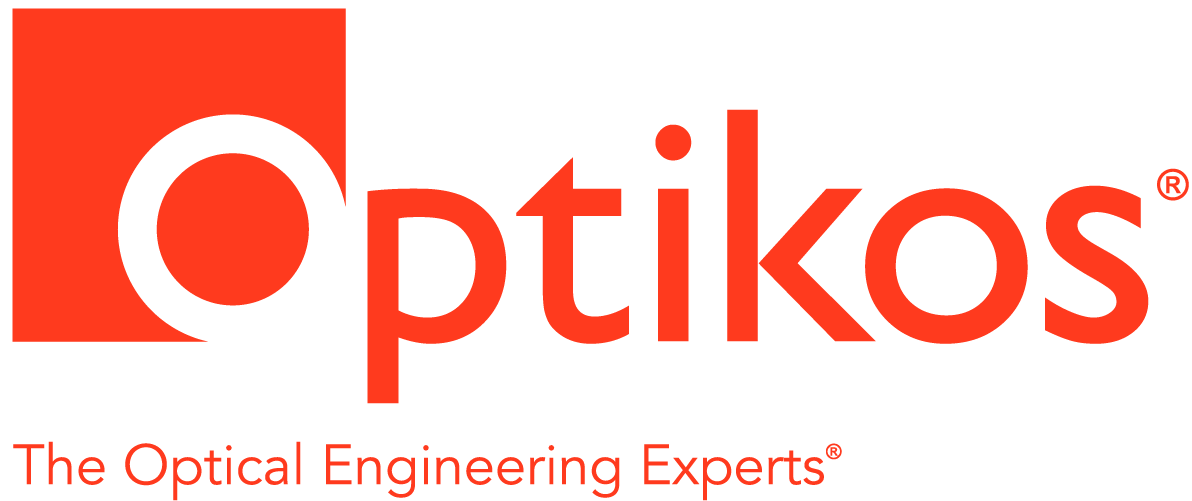Superconducting Nanowire Single-Photon Detectors
Joint Meeting with Boston Chapter, LEOS
I will discuss our ongoing work at MIT on single-photon detectors based on superconducting NbN nanowires. These nanometer-scale devices exploit the ultrafast nonequilibrium electronic photoresponse in ultrathin films of the highly disordered superconductor NbN to produce a photon counter of unprecedented speed and sensitivity. With better than 30 ps timing resolution, ~few ns reset time after a detection, and high detection efficiency (>85% demonstrated at 1550 nm), these devices show promise as an enabling technology in a number of areas, such as high data rate interplanetary optical communications, spectroscopy of ultrafast quantum phenomena in biological and solid-state physics, quantum key distribution and quantum computation, astrophysics, laser radar, and high-speed noninvasive digital circuit testing.
Andrew J. Kerman
Andrew J. Kerman was born in Winchester, MA on September 7, 1971. He received a B.S. degree with honors in physics and applied mathematics from Williams College in 1993. After a year as a research assistant in atomic and condensed-matter physics at Harvard University under professor Isaac Silvera, he began a Ph.D. in atomic physics and atomic laser cooling and trapping at Stanford University with professor Steven Chu, graduating in 2002. He did postdoctoral work at Yale University with professor David DeMille on quantum computing with ultracold polar molecules, as well as at MIT with professor Wolfgang Ketterle on ultracold fermionic atoms. In 2004, he joined the optical communications technology group at Lincoln Laboratory, in which he conducts ongoing research on superconducting nanowire single-photon detectors. In 2006, he began working with the analog device technology group at MIT Lincoln Laboratory on quantum computing with superconducting Josephson-junction-based qubits.
This meeting begins at 7:00 PM Thursday, December 9, 2010 and will be located in the cafeteria at MIT Lincoln Laboratory, 244 Wood Street, Lexington, MA 02420. The meeting is free and open to the public. All are welcome. Prior to the meeting there will be a speaker’s dinner at 5:30pm at Lemon Grass Thai restaurant in Lexington Center (1710 Mass Ave., Lexington, MA). Please RSVP if you interested in attending the dinner. For more information: contact Reuel Swint, Boston Chapter Chair, IEEE Photonics Society at This email address is being protected from spambots. You need JavaScript enabled to view it. , or visit the IEEE website at http://www.bostonphotonics.org.
Location: MIT Lincoln Laboratories
Directions:
244 Wood Street
Lexington, MA 02420
Directions to MIT Lincoln Laboratory: (from interstate I-95/Route 128)
From Exit 31B
Take Exit 31B onto Routes 4/225 towards Bedford - Stay in right lane
Use Right Turning Lane (0.3 mile from exit) to access Hartwell Ave. at 1st Traffic Light.
Follow Hartwell Ave. to Wood St. (~1.3 miles).
Turn Left on to Wood Street and Drive for 0.3 of a mile.
Turn Right into MIT Lincoln Lab, at the Wood Street Gate.
From Exit 30B
Take Exit 30B on to Route 2A - Stay in right lane.
Turn Right on to Mass. Ave (~ 0.4 miles - opposite Minuteman Tech.).
Follow Mass. Ave for ~ 0.4 miles.
Turn Left on to Wood Street and Drive for 1.0 mile.
Turn Left into MIT Lincoln Lab, at the Wood Street Gate.
To get to the Cafeteria, proceed toward the Main Entrance of Lincoln Laboratory. Before entering the building, proceed down the stairs located to the left of the Main Entrance. Turn right at the bottom of the stairs and enter the building through the Cafeteria entrance. The Cafeteria is located directly ahead.



